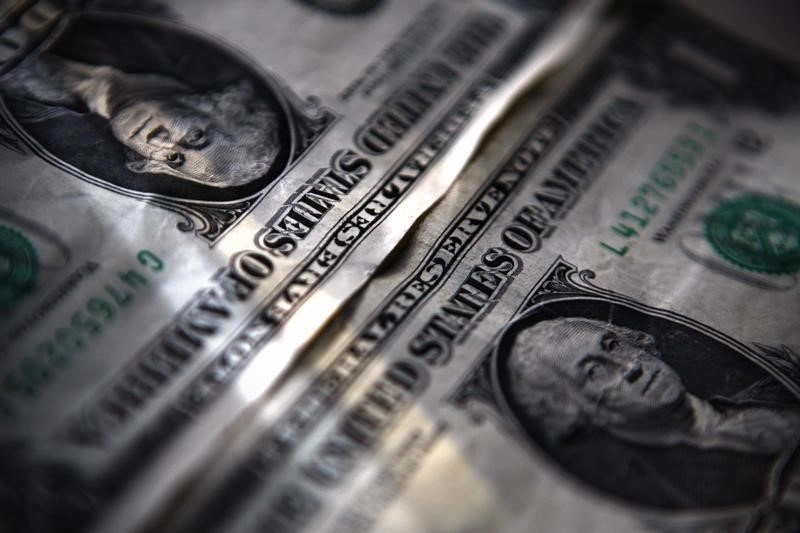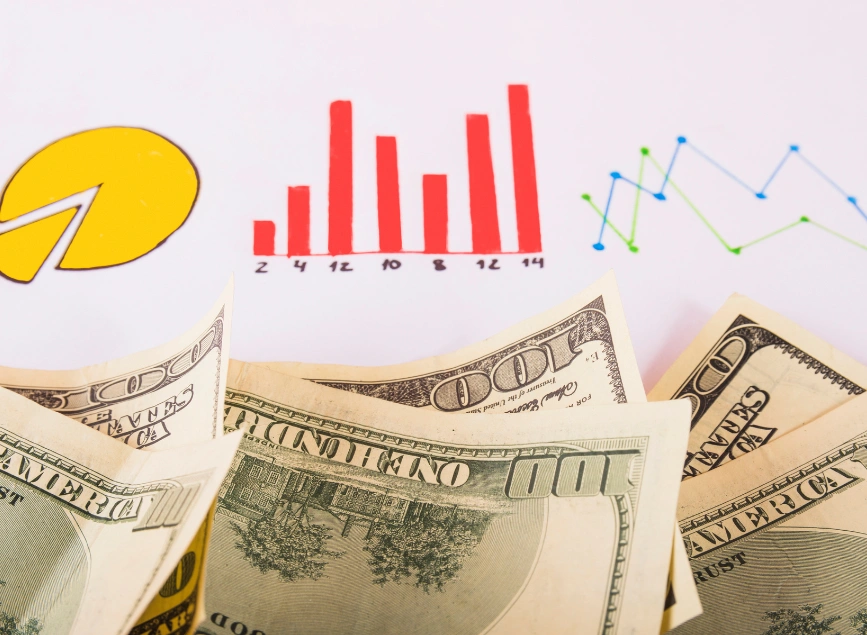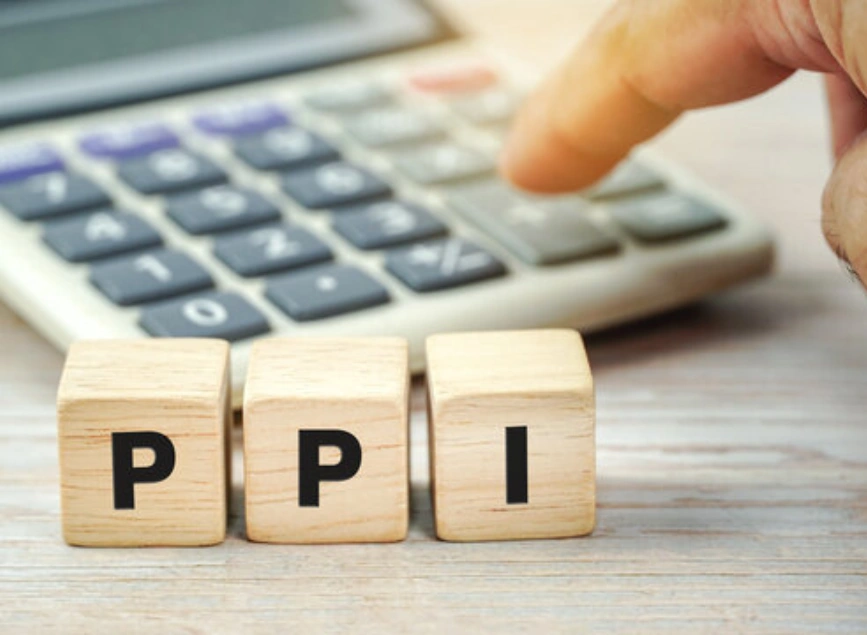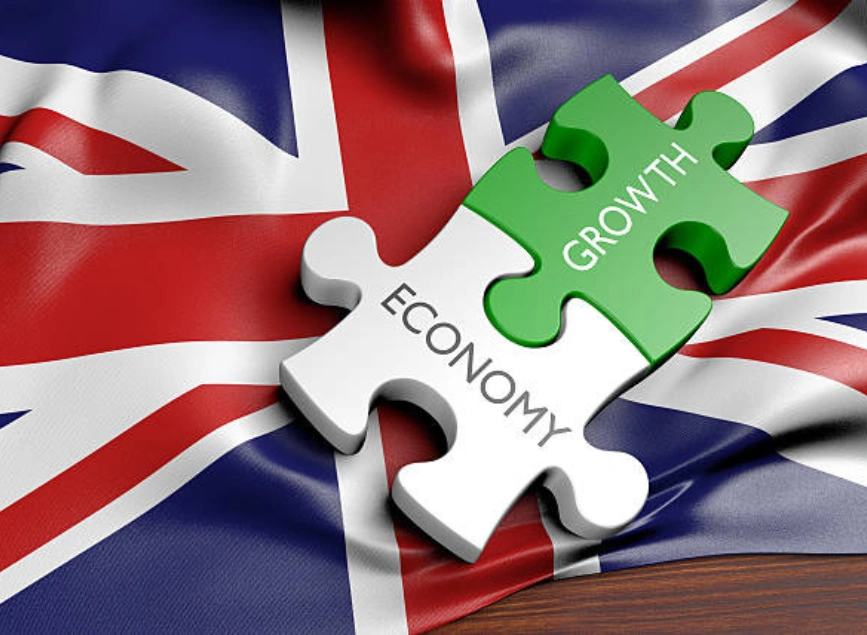
Limited Dollar Rise Ahead of Trump’s Tariff Announcement
As global markets brace for a week filled with pivotal events, the U.S. dollar saw a slight increase in trading on Tuesday. This Dollar rise comes as investors await the much-anticipated announcement of new trade tariffs by President Donald Trump, while key economic data also looms on the horizon. Meanwhile, the euro has weakened, with traders keeping a close eye on upcoming inflation data from the Eurozone. Here’s a breakdown of the latest market movements and what to expect in the coming days.
U.S. Dollar Steady as Tariff Announcement Approaches
The U.S. Dollar Index, which tracks the dollar’s performance against a basket of six major currencies, climbed by 0.1%, reaching 103.937. This modest Dollar rise occurs amid heightened anticipation surrounding Trump’s new trade tariff announcement, expected either later today or on Wednesday. Trump has branded Wednesday as “Freedom Day,” signaling a potential unveiling of tariffs aimed at addressing trade imbalances between the U.S. and its global partners.
While Trump maintains that these tariffs are crucial for reshaping trade relationships and revitalizing domestic manufacturing, some economists are sounding alarms. They warn that such policies could worsen inflationary pressures and potentially trigger “stagflation”—a concerning mix of high inflation and stagnant economic growth.
ING analysts weigh in: “The dollar has the potential to climb further, especially if the tariff announcement catches markets by surprise, reducing risk appetite. However, the currency will still face downward pressure from upcoming economic data.”
Key U.S. Economic Data to Drive Forex Volatility
The spotlight this week will be on a series of important U.S. economic reports, with the first being the JOLTS (Job Openings and Labor Turnover Survey) for February, set for release today. Job openings are expected to reach 7.69 million, a slight dip from the previous month’s 7.74 million. This report will mark the beginning of a busy week of labor market data and Dollar rise, culminating in the highly anticipated nonfarm payrolls report on Friday.
ING notes: “The U.S. economic calendar is likely to influence forex volatility significantly today. However, unless there are major surprises in the data, we expect a modest recovery for the dollar.”
Euro Weakens as Inflation Data Looms
Across the Atlantic, the EUR/USD pair saw a slight drop of 0.1%, reaching 1.0801, as traders braced for the release of March inflation data from the Eurozone. Economists expect the annual inflation rate to dip to 2.2% from 2.3% in February. This comes after Germany, the region’s largest economy, reported a larger-than-expected drop in inflation for March, which could signal that Eurozone-wide inflation will also come in lower than anticipated.
The European Central Bank (ECB) has been on a rate-cutting spree, lowering its deposit rate six times since June, with the most recent reduction in March, bringing the rate down to 2.5%. However, the ECB has been cautious in signaling its next move, keeping markets on edge.
ING analysts remain cautious: “We are hesitant to chase any EUR/USD rallies ahead of the tariff announcement, and we foresee more downside risks, unless U.S. data delivers a significant surprise. If the U.S. implements an aggressive tariff strategy, a move toward 1.070-1.073 in the coming days seems likely.”
GBP and JPY: Currency Movements Amid Trade Tensions
In the UK, the GBP/USD pair slipped by 0.1%, settling at 1.2908. Traders are particularly concerned about the potential impact of Trump’s tariff announcements, with news of a recent phone call between British Prime Minister Keir Starmer and President Trump. The two reportedly had “constructive talks” about a potential trade deal, which could have implications for the pound’s trajectory in the coming days.
In Asia, the USD/JPY pair dropped by 0.3%, reaching 149.61. The Japanese yen, often seen as a safe-haven currency, strengthened on the back of stronger-than-expected unemployment data from Japan. The yen has gained nearly 5% against the dollar in the first quarter of the year, with speculation growing that the Bank of Japan may raise interest rates again soon.
Read More: Trump’s Tariff Plans: US Stock Futures Drop
Chinese Yuan and Australian Dollar: Trade Tariffs and Economic Policies
Despite a robust showing in China’s PMI (Purchasing Managers’ Index) for the manufacturing sector, the USD/CNY pair rose by 0.2%, reaching 7.2681. China is expected to be one of the key targets of the new tariffs from the U.S., which could add more volatility to the yuan.
Meanwhile, the AUD/USD pair increased by 0.1%, reaching 0.6248, though it later lost some of its gains. This comes after the Reserve Bank of Australia (RBA) decided to keep interest rates unchanged at 4.1%. The RBA cited growing uncertainty in both the Australian and global economies, particularly in light of Trump’s impending trade tariffs.
Share
Hot topics

What Is a Forex Robot and How Does It Work?
If you hang out with traders, in person, online, on Telegram or YouTube, you’ve probably seen someone talking about “Forex bots” or trading robots that can do some of the...
Read more




Submit comment
Your email address will not be published. Required fields are marked *